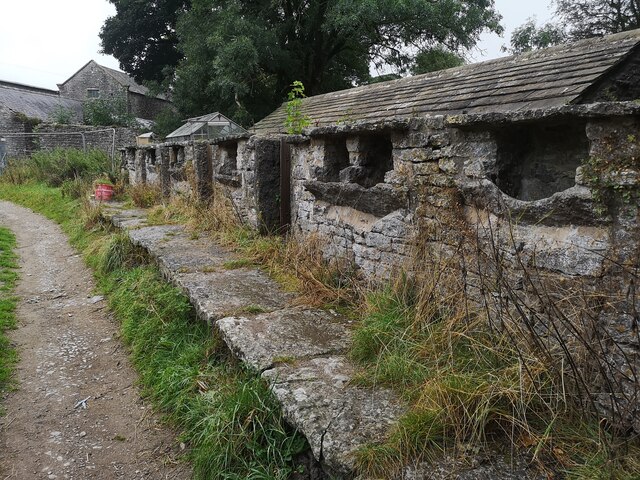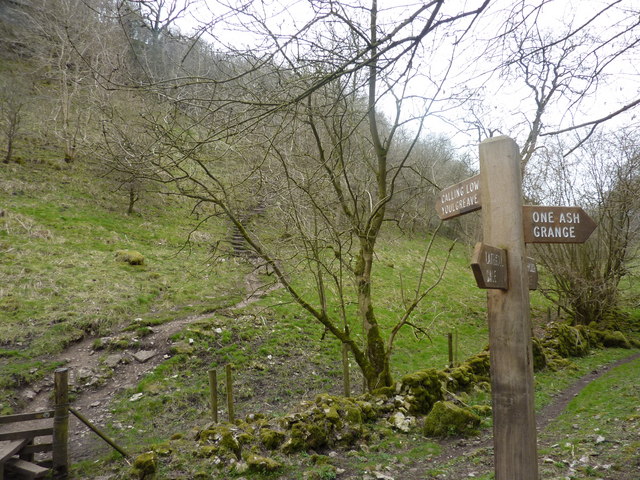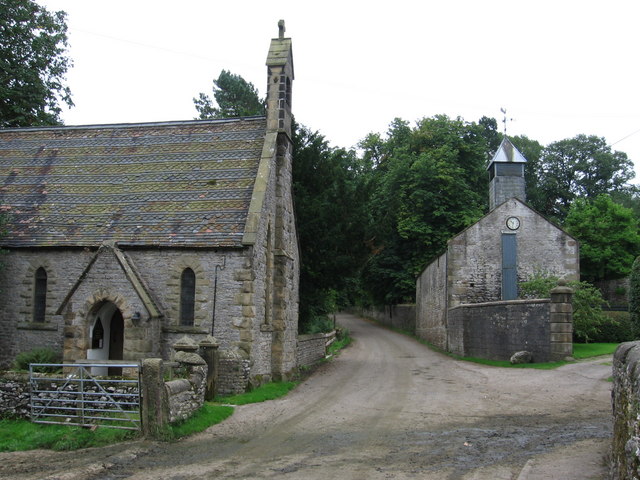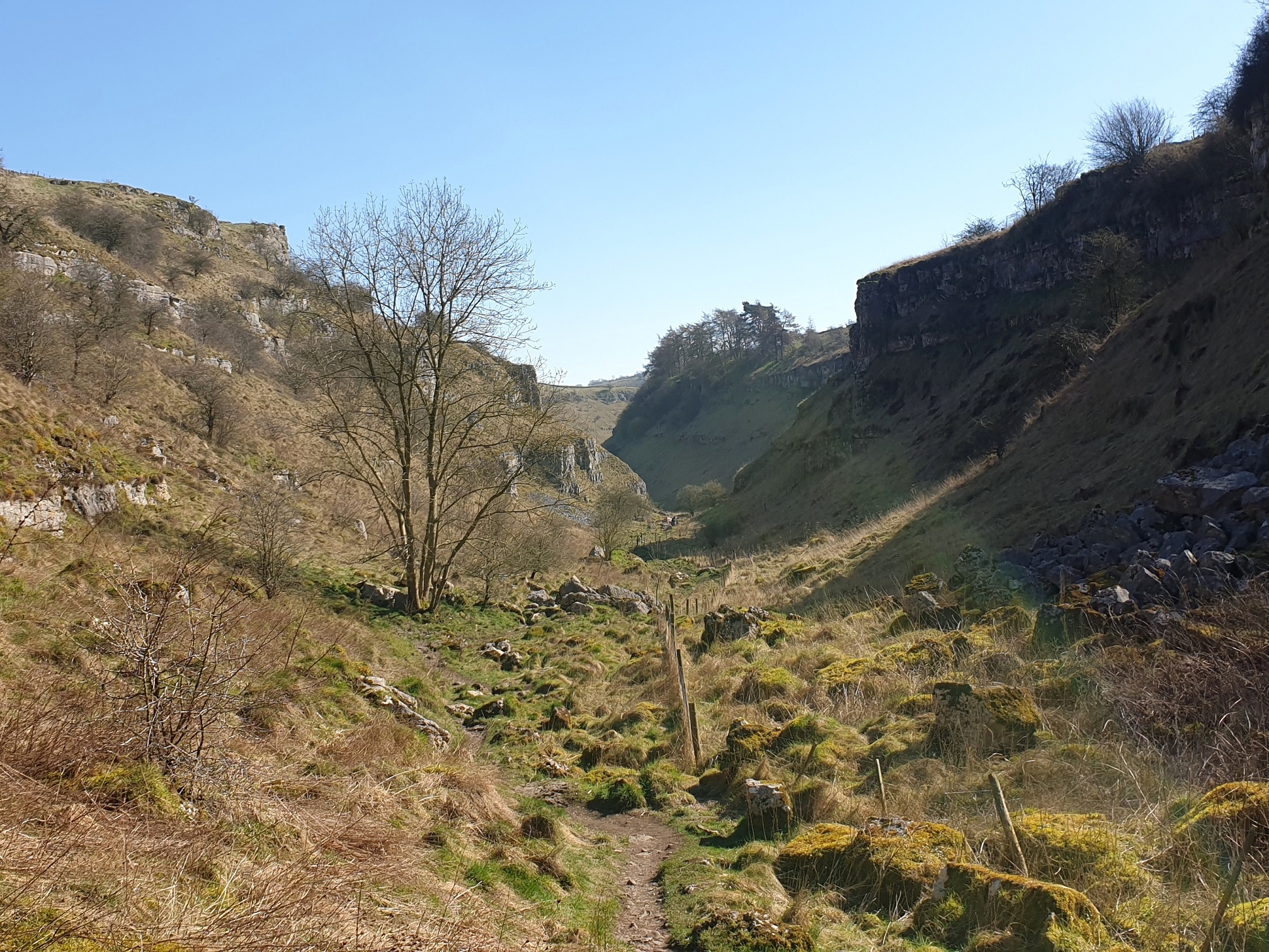Diamond Plantation
Wood, Forest in Derbyshire Derbyshire Dales
England
Diamond Plantation

Diamond Plantation is a unique woodland area located in Derbyshire, England. Nestled within the picturesque landscape of the Derbyshire Dales, this plantation offers a tranquil escape for nature enthusiasts and adventure seekers alike.
Covering an expansive area of approximately 500 acres, Diamond Plantation is characterized by its dense forests and lush greenery. The woodland is predominantly composed of a variety of deciduous trees such as oak, beech, and birch, providing a diverse and vibrant ecosystem. The towering trees create a captivating canopy, allowing dappled sunlight to filter through and illuminating the forest floor below.
The plantation offers a range of recreational activities for visitors to enjoy. Numerous walking trails wind their way through the woodland, inviting hikers and nature lovers to explore the beauty of the surroundings. These trails cater to all levels of fitness and provide opportunities to observe wildlife, including deer, foxes, and a variety of bird species.
For those seeking a more adventurous experience, Diamond Plantation also offers cycling trails, providing an exhilarating way to explore the woodland. The undulating terrain and well-maintained paths make it an ideal destination for mountain biking enthusiasts.
In addition to its natural beauty, Diamond Plantation holds historical significance. The area was once part of a larger estate and is dotted with remnants of the past, including old stone walls, ruins, and remnants of an ancient mine shaft. These remnants offer glimpses into the area's rich history and add an element of intrigue to the overall experience.
Overall, Diamond Plantation in Derbyshire is a captivating destination that offers a perfect blend of natural beauty, recreational activities, and historical charm. Whether visitors seek solitude amidst nature or an adrenaline-fueled adventure, this woodland sanctuary has something to offer everyone.
If you have any feedback on the listing, please let us know in the comments section below.
Diamond Plantation Images
Images are sourced within 2km of 53.170474/-1.740923 or Grid Reference SK1763. Thanks to Geograph Open Source API. All images are credited.





Diamond Plantation is located at Grid Ref: SK1763 (Lat: 53.170474, Lng: -1.740923)
Administrative County: Derbyshire
District: Derbyshire Dales
Police Authority: Derbyshire
What 3 Words
///oven.harshest.sobs. Near Youlgreave, Derbyshire
Nearby Locations
Related Wikis
Arbor Low
Arbor Low is a well-preserved Neolithic henge in the Derbyshire Peak District, England. It lies on a Carboniferous Limestone plateau known as the White...
Limey Way
The Limey Way is a 65-kilometre (40 mi) challenge walk through Derbyshire, England. It starts at Castleton and progresses through 15 major and 5 minor...
Cales Dale
Cales Dale is a short valley towards the head of Lathkill Dale near Monyash, Derbyshire in the Peak District of England. Cales Dale is included within...
Middleton and Smerrill
Middleton and Smerrill is a civil parish within the Derbyshire Dales district, in the county of Derbyshire, England. Largely rural except for the village...
Gib Hill
Gib Hill is a large burial mound in the Peak District, Derbyshire, England. It is thought to be a Neolithic oval barrow with an Early Bronze Age round...
Lathkill Dale
Lathkill Dale is the valley of the River Lathkill near Bakewell, Derbyshire in the Peak District of England. The river emerges into the dale from springs...
Middleton-by-Youlgreave
Middleton, often known as Middleton-by-Youlgreave or Middleton-by-Youlgrave to distinguish it from nearby Middleton-by-Wirksworth, is a village in the...
Newhaven Tunnel
Newhaven Tunnel was a railway tunnel located on the Cromford and High Peak Railway near the village of Newhaven in Derbyshire. Mostly used for moving mineral...
Nearby Amenities
Located within 500m of 53.170474,-1.740923Have you been to Diamond Plantation?
Leave your review of Diamond Plantation below (or comments, questions and feedback).




















